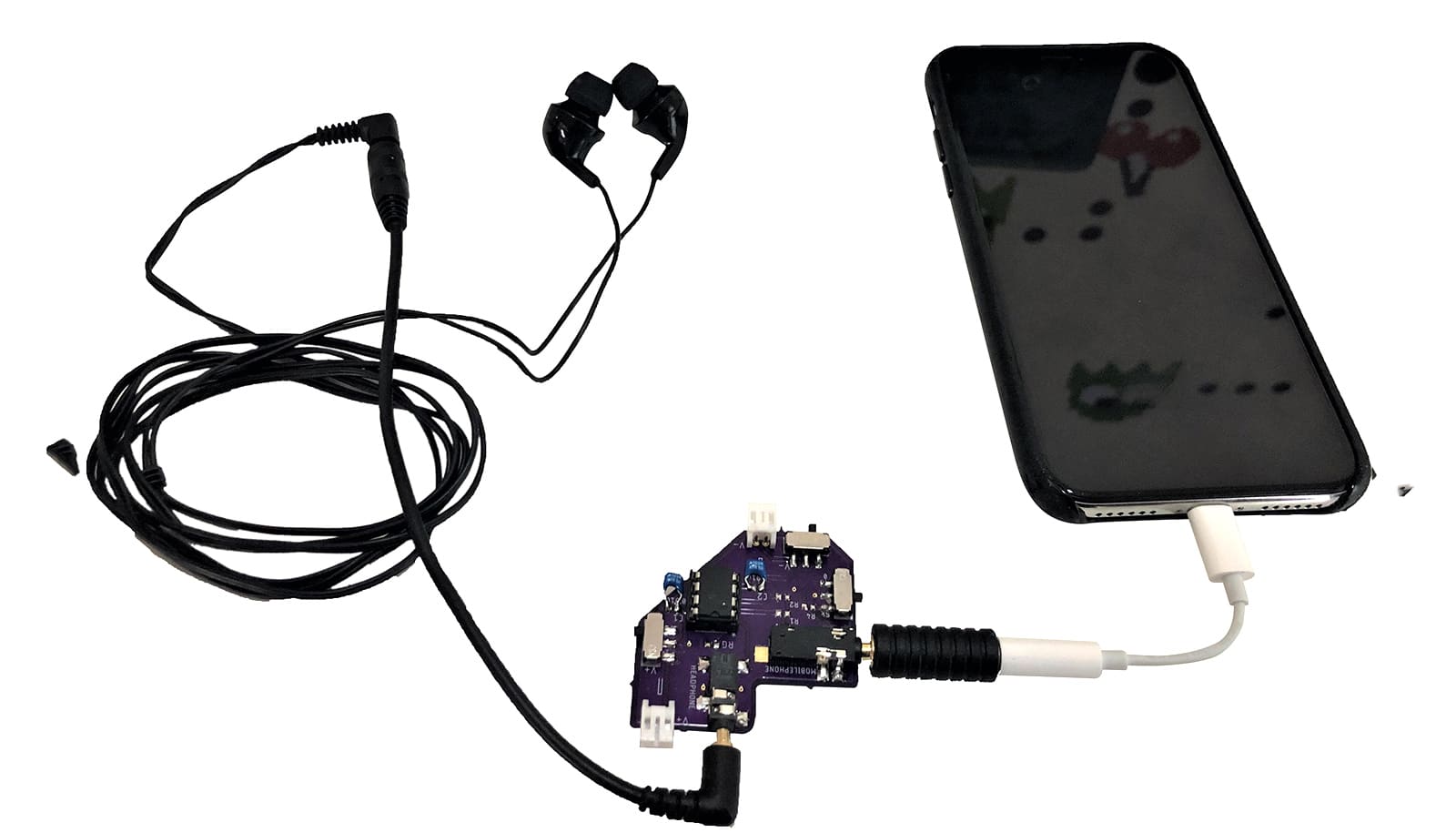Engineers have invented a cheap and easy way of turning “dumb” headphones into smart ones.
The method transforms headphones into sensors that can be plugged into smartphones, identify their users, monitor their heart rates, and perform other services.
The researchers based their invention, called HeadFi, on a small plug-in adapter that turns a regular headphone into a sensing device. Unlike smart headphones, regular ones lack sensors. HeadFi would allow users to avoid having to buy a new smart pair with embedded sensors to enjoy sensing features.
“HeadFi could turn hundreds of millions of existing, regular headphones worldwide into intelligent ones with a simple upgrade,” says Xiaoran Fan, a HeadFi primary inventor and recent Rutgers University doctoral graduate who now works at Samsung Artificial Intelligence Center.
Researchers will present a paper on the invention in October at MobiCom 2021, an international conference on mobile computing and mobile and wireless networking.
Headphones are among the most popular wearable devices worldwide and continue to become more intelligent as new functions appear, such as touch-based gesture control, the paper notes. Such functions usually rely on auxiliary sensors, such as accelerometers, gyroscopes, and microphones available on many smart headphones.
HeadFi turns the two drivers already inside all headphones into a versatile sensor. To work, it connects headphones to a pairing device, such as a smartphone. It doesn’t require adding auxiliary sensors and avoids changes to hardware or the need to customize, both of which may increase weight and bulk. Plugging into HeadFi allows a converted headphone to perform sensing tasks and play music at the same time.
The engineers conducted experiments with 53 volunteers using 54 pairs of headphones with estimated prices ranging from $2.99 to $15,000. HeadFi can achieve 97.2% to 99.5% accuracy on user identification, 96.8% to 99.2% on heart rate monitoring, and 97.7% to 99.3% on gesture recognition.
Additional coauthors are from the University of Science and Technology of China, the University of Massachusetts Amherst, Microsoft, Alibaba Group, and Rutgers. A patent is pending.
Source: Rutgers University


